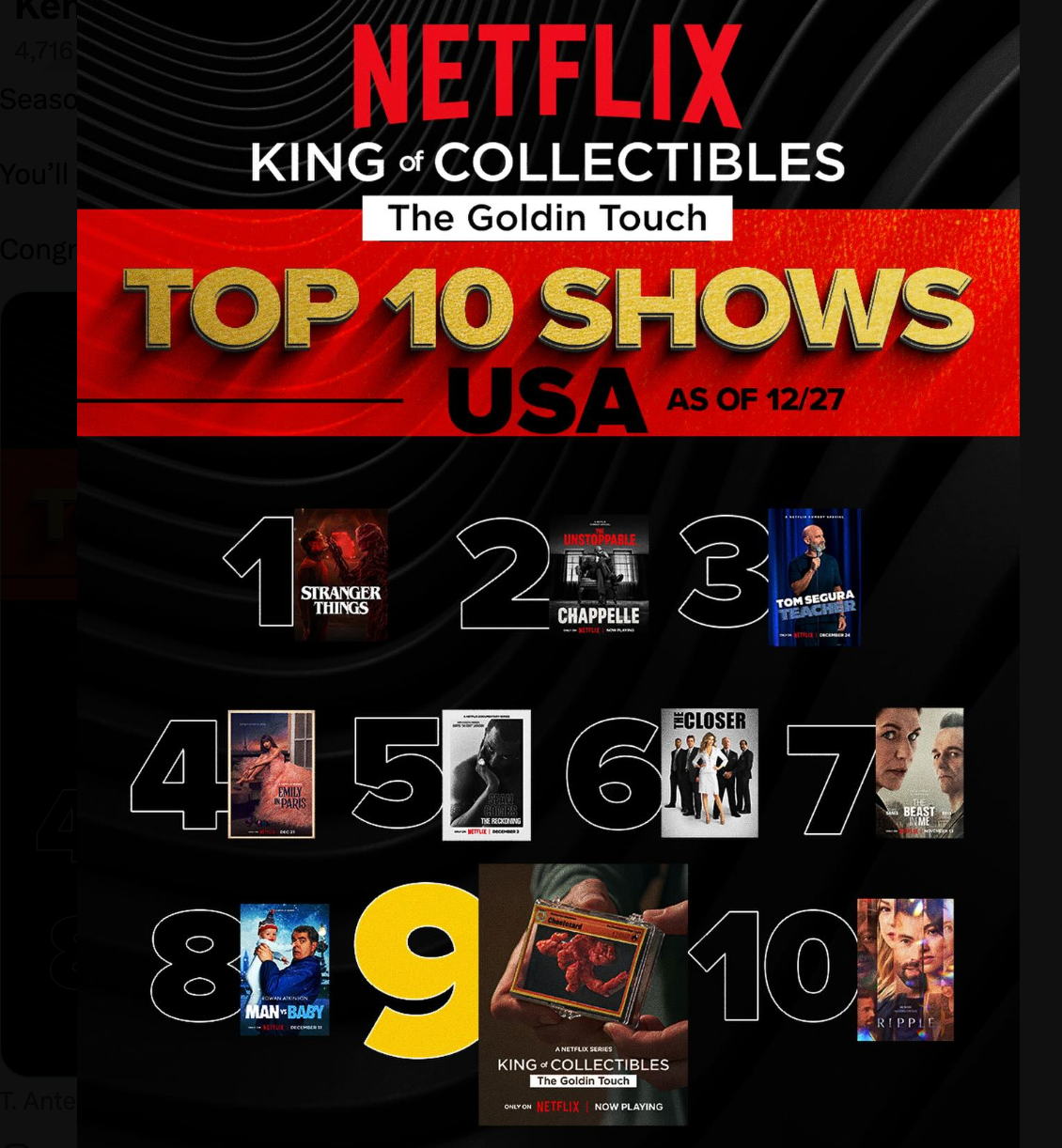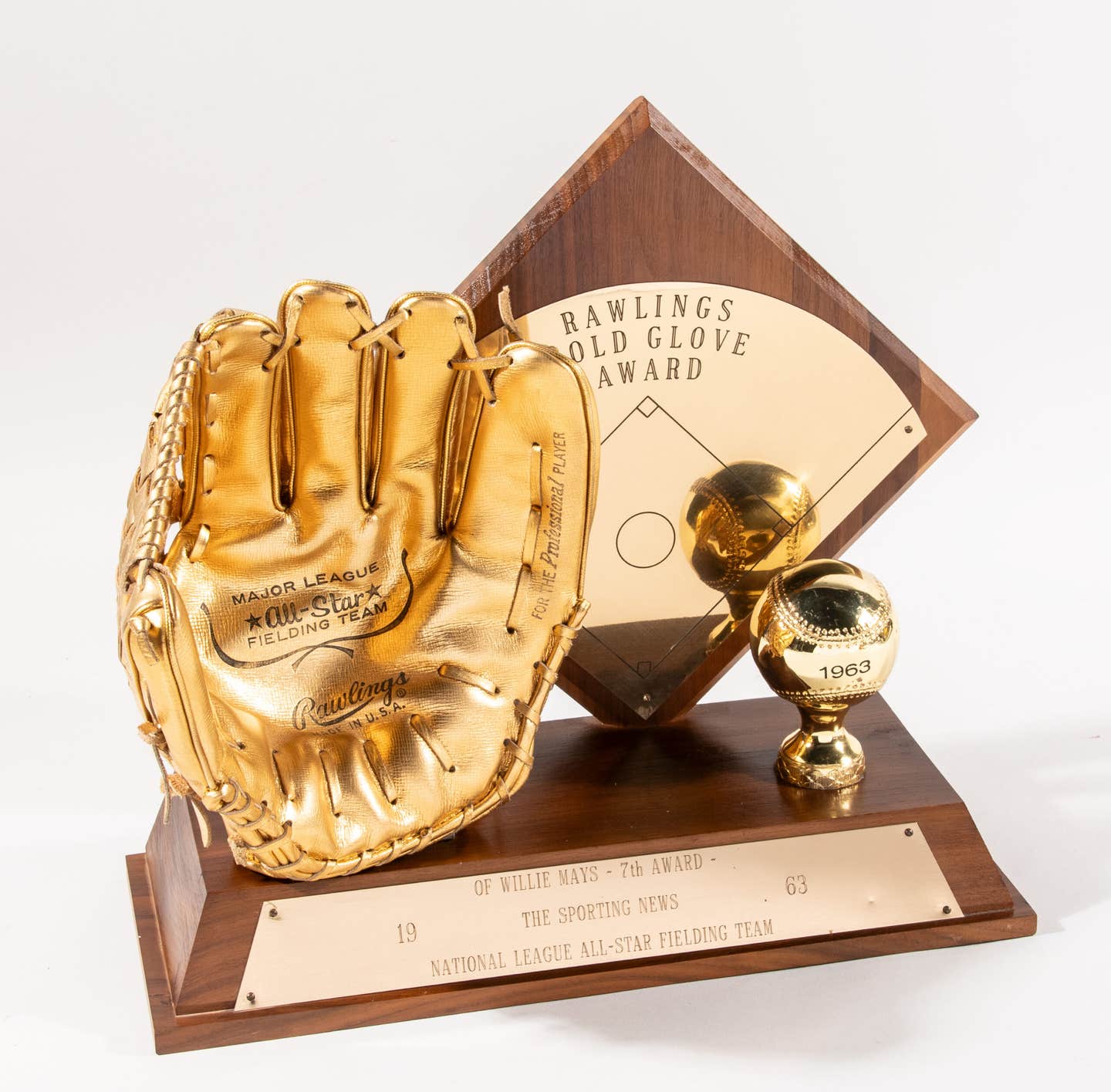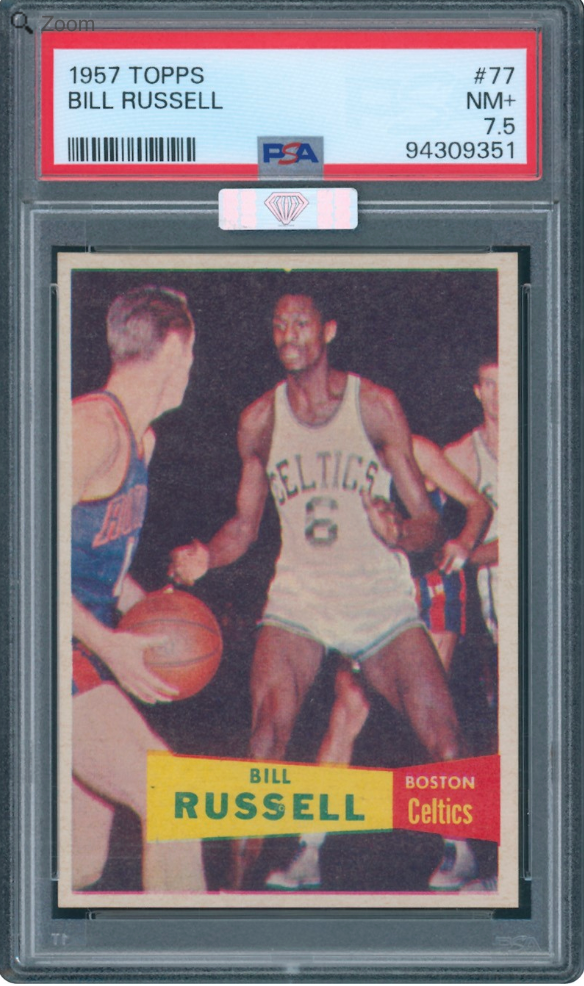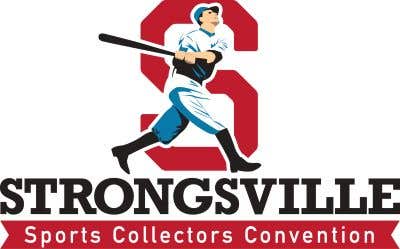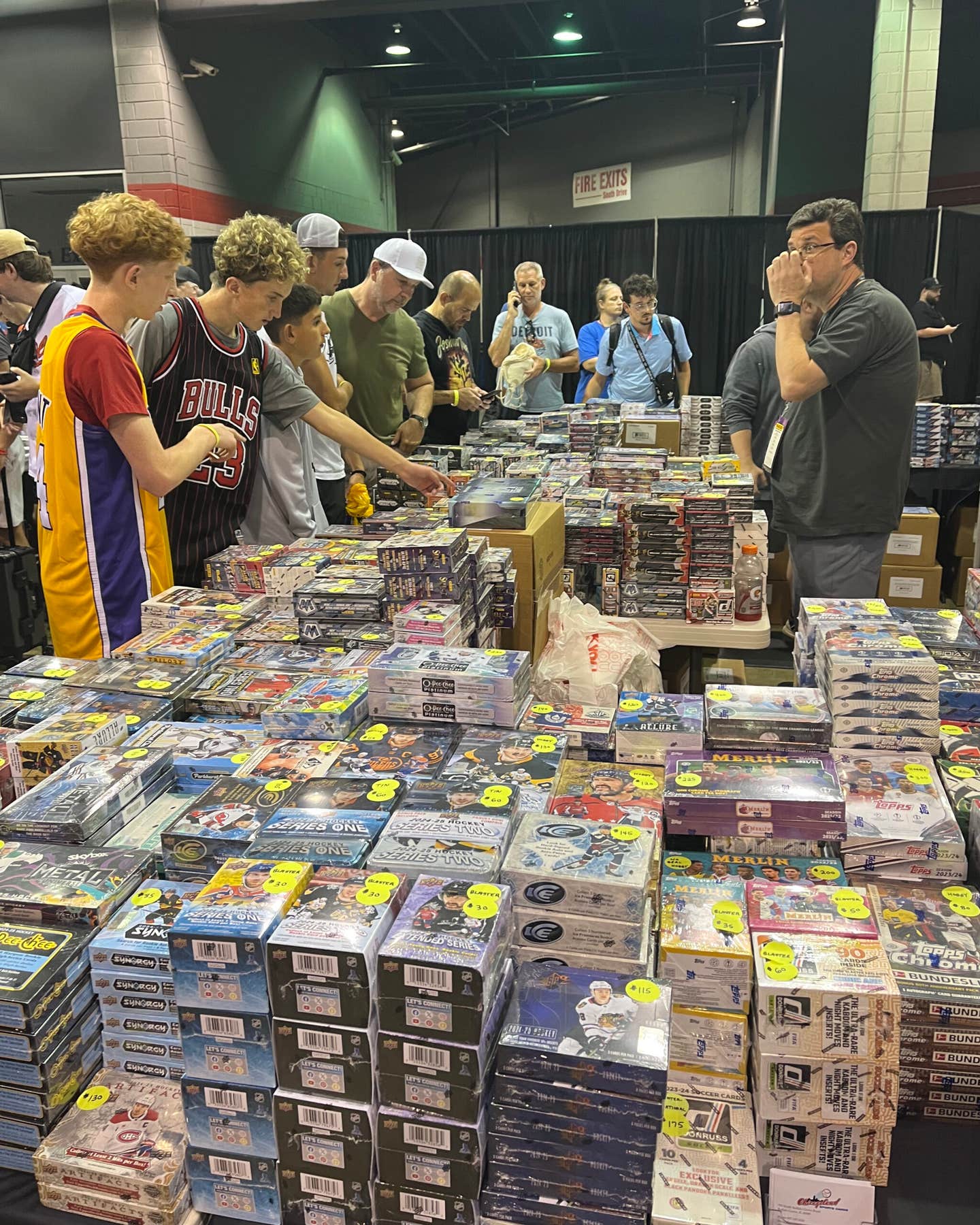News
“Then Roy Said to Mickey . . .” New Book Adds to Yankee Lore
In March 2009, Triumph Books published Then Roy said to Mickey: Inside the Yankee Dugout from Mantle to Rivers. It was written by former Yankees outfielder Roy White and me. After 50 years of reading baseball books and a decade or two of reviewing them, I finally wrote one. Though I started out knowing quite a bit about the years that Roy played, working with him taught me a great deal more, especially about the players themselves – not just as players, but as men.
Roy and his agent, John Monteleone, originally hoped that Marty Appel would collaborate with them. But the frequent SCD contributor, who Roy knew from Appel’s years as the Yankees’ public relations director, was waist deep in his own project, the definitive biography of Thurman Munson, which is also being published this spring. Marty recommended me.
While I have written many baseball articles and book reviews over the years, I had never written a book, so Roy, John and Triumph were understandably skeptical. I submitted a couple of recent articles, including my most recent for this publication, on artist Jerry Winick. These, plus having Marty vouch for me, got me the chance. I was ready. I had only been preparing for 50 years.
The book was not to be an autobiography of Roy, but rather a collection of stories from Roy and a variety of his teammates. The working title was originally, Then Roy said to Thurman. The first thing I suggested was changing the title, because Roy’s career spanned from one era of Yankee greatness to another, and because “Mickey” was still the most popular name in baseball. When this suggestion was accepted, I knew I had made the team.
Roy and the Yanks
Roy has a reputation as a great team player, and he was a great co-writer, too. We met several times at our “office,” which was the food court at an outlet mall halfway between our New Jersey homes. He told me stories about his signing with the Yankees after high school in Compton, Calif., his rapid rise through the minors and arriving in Yankee Stadium, finding himself in the outfield next to his hero Mickey Mantle.
Roy came up in September 1965, when Mantle was toward the end of his career. But there were still some games when Mantle showed his legendary power. Particularly notable was his ability to hit a ball such a long way from both sides of the plate, and to the opposite field.
Even more impressive than Mantle the player was Mantle the teammate. Every player I interviewed who played with him mentioned what a regular guy he was. Shy and sometimes unpleasant to reporters and the public, inside the Yankee dugout, he was not only a good guy, but a hero – not an easy combination to maintain.
He would introduce himself to every rookie in spring training by coming up to their lockers and saying, “Hi. I’m Mickey Mantle.” He would kid them and play tricks on them, but in a way that made them feel part of the team.
At this point in his career, he had his legs taped before every game, from his upper thigh to his ankles. If you saw Mantle in the locker room his last few years, his legs looked like a mummy’s. Other players thought twice about begging off because of injury after they saw what Mickey endured.
Time and again players told me some variation on “Mantle was my hero before I came to the Yankees, while I played with him and he is still my hero.” Joe Pepitone said his biggest thrill in baseball was not the grand slam home run he hit in the 1964 World Series, but the fact that Mantle was waiting at home plate with a big smile on his face.
Pepitone also helped me realize one of my dreams. After he told me about how he lost the Texas League batting title in 1961 to Phil Linz, the victim of a late-season losing battle with a bad burrito, I turned to a sure source of minor league statistics: my baseball cards. Those late ’60s Yankees cards I’ve kept around for a few decades enabled me to learn that Phil beat Joe, .349 to .316.
Thus was my dream fulfilled, a dream I’m sure is shared by many of our readers. I was playing with my baseball cards and calling it “work.”
The minors: Almost a Dodger
Before Roy even got to Yankee Stadium, he had a few interesting years in the minors. One year he was even loaned to the Dodgers organization, which almost kept him. But he had such a good year, the Yankees wanted him back.
Teammates like Art Lopez, Ian Dixon and Rich Beck, who played in the majors very briefly, if at all, told me fascinating stories of their minor league escapades. One day, Bert Campaneris played a different position every inning against Roy’s team, as he later did once in the majors. But this time, when he pitched, he added a wrinkle. He pitched both lefty and righty. What happened when Roy, a switch-hitter, came to bat made for an interesting inning!
Rich Beck shares Roy’s 1965 Topps rookie card. He appeared in a total of three games, starting all three and winning all three. I had long wondered why, then, he never pitched in the majors again. Rich told me his story, which involved Vietnam.
Roy and Bobby Murcer were originally ticketed to be the Yankee double-play combination of the future. It didn’t work out that way, but both still succeeded. I was aware that Bobby had been quite sick. I e-mailed him about our book, and said that Roy and I would understand if he didn’t feel up to talking with me. Bobby replied that he was just too busy and often too tired to help.
The next day Bobby phoned me. “I just had to help Roy,” he said, and gave me a great interview, which told me that both Roy and Bobby were pretty special people. Bobby’s career was not helped by being hyped as “the next Mantle,” but he never let it take away from the thrill he felt in every game he played. Traded away during his prime, he missed the championship years of 1977 and 1978, though he not only played with Mantle and Rivers, he also got in a year with Don Mattingly.
As Roy established himself as a Yankee, the team moved into what has become known as The Horace Clarke Years, the lull between the great Yankee teams of the ’60s and those of the late ’70s. During this time, he sometimes hit cleanup or led off. Whatever the Yankees needed, Roy tried to provide. As a result, he was an American League All-Star in 1969 and 1970, and grew a reputation as a ballplayer’s ballplayer.
I spoke with Jim Bouton and Al Downing about the demise of the Yankee dynasty, and Fritz Peterson, Jack Gibbs and Dooley Womack about playing during this time. Gibbs, like Ron Blomberg a few years later, chose baseball over football for his professional career, at least partly because he believed baseball was safer. Both would have their careers cut short by injuries, yet both speak of their Yankee years with great fondness and few regrets.
Likewise, I don’t think I spoke to a single pitcher whose story did not end with “then I hurt my arm.” It might have been Ford, who first pitched his way to the Hall of Fame, or Womack, who pitched himself back to Georgia. I learned the inside story of what a fragile creature a pitching career is.
I spoke with Oscar Gamble on that most fascinating subject: Oscar Gamble. Of all the players I interviewed, he is the guy I’d most like to hang out with.
Once Billy Martin came aboard, the Yankees started to compete on the highest level. Though it wasn’t easy playing for Martin, Roy never had more fun than the first year Billy the Kid came to town. He hit Roy second, his favorite position, which allowed him to hit-and-run, bunt, steal, do all the little things and have fun doing it.
I spoke with Billy Martin Jr., who is now a player agent in Dallas. He traces his father’s tendency to wear cowboy clothes back to his love of western and Civil War history. Not surprisingly, Martin strongly identified with cowboy gunfighters and outlaws.
Among Roy’s closest friends on those teams were Chris Chambliss and Thurman Munson. I tried not to repeat the familiar stories about the Bronx Zoo, instead asking questions for which I did not already have answers. What was it like for Chambliss to go from the losing tradition of Cleveland to the high expectations of the Yankees? Why did Paul Blair decide to come to New York, mostly to sit on the bench?
Roy showed me the side of Munson only his teammates saw: the warm family man and true friend, as well as the catcher that refused to lose.
Right man for the book
I am happy that my first book was with Roy. I knew he had a great reputation for intelligence, perception and integrity – a no-nonsense guy. That is exactly what he turned out to be. Everybody I asked to interview was cooperative, because they knew that a Roy White book would be honest and truthful, without grudges or scores to settle.
As readers of SCD know, Roy often appears at autograph shows with former teammates and opponents. He splits his time between New Jersey and Florida, often participating in Yankee fantasy camps in Florida and charity golf tournaments in the New York area, such as the annual event for the Yogi Berra Museum and Learning Center on the campus of Montclair State University.
I had a great time speaking to all these players, plus a few sports writers and even Yankees long-time trainer Gene Monahan. I learned that Mantle, years after his great talent had been eroded, still retained enough to inspire awe. I also learned what was even more important to the guys who played with him in these later years: that Mantle treated everybody in pinstripes like a brother. All these guys loved being Yankees even more than I had imagined. And nobody loved it more than Mickey.



